#herzegovina
Photo

Bridge over the river Uvac, Žvale (1975)
The bridge over the Uvac river is today at the bottom of the Uvac lake. Thankfully, the remains were preserved and protected before the immersion. (Hi-Res)
#bridge#bridges#grass#hill#hills#mountain#mountains#water#lake#lakes#river#rivers#sheep#animal#animals#uvac#zvale#žvale#serbia#herzegovina#bosnia and herzegovina#human#humans#road#roads#path#paths#stone#stones#rock
4K notes
·
View notes
Text

Greetings from Trebinje, Bosnia and Herzegovina
Austrian vintage postcard, mailed in 1899
#vintage#tarjeta#herzegovina#briefkaart#herzegovina austrian#postcard#greetings#trebinje#photography#postal#bosnia#carte postale#sepia#ephemera#historic#ansichtskarte#postkarte#austrian#1899#postkaart#mailed#photo
35 notes
·
View notes
Text

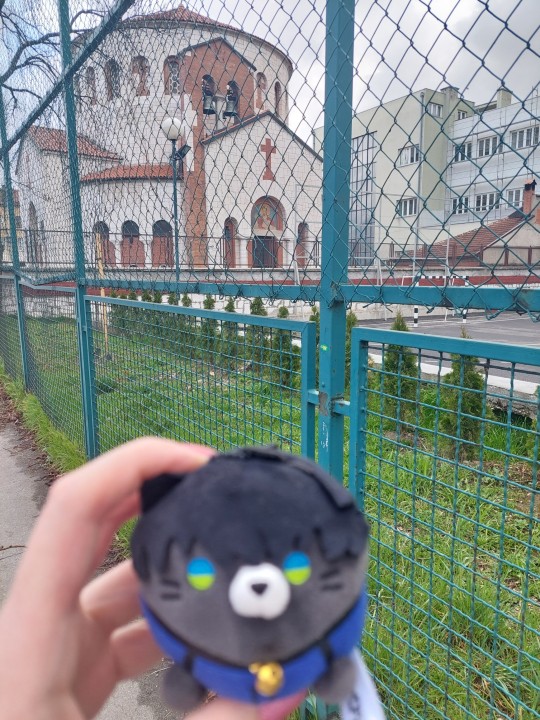
Some pics from Sarajevo today! Btw, the wolf in the 1st picture is Sarajevo's mascot. He was designed for the Winter Olympics that were held here in 1984
22 notes
·
View notes
Text

◾Bogdan Zimonyitsh (Serbian Cyrillic: Богдан Зимоњић; 1813 – 21 January 1909) was a Serbian Orthodox priest and Vojvoda (military commander) in two major uprisings against the Ottoman Empire in 19th-century Herzegovina: in 1852–62, and 1875–78. He is mentioned in archival sources along with other Serbian freedom-fighting priests, including Jovitsa Ilitsh(srb. Јовица Илић/lat. Jovica Ilić) and his associates Pavle Tvrtkovitsh(srb. Павле Твртковић/lat. Pavle Tvrtković), Mile Vitkovitsh(srb. Миле Витковић/lat. Mile Vitković), and Stevan Avramovitsh(srb. Стеван Аврамовић/lat. Stevan Avramović) who rebelled against the occupiers, and another priest, Petko Yagoditsh(srb. Петко Јагодић/lat. Petko Jagodić) of Shamac, who led the next revolt, while history records further armed clashes led by priests Mile Chulibrk(srb. Миле Чулибрк/lat. Mile Čulibrk), Marko Popovitsh(srb. Марко Поповић/lat. Marko Popović), Vaso Kovachevitsh(srb. Васо Ковачевић/lat. Vaso Kovačević) and Gatshina(srb. Гаћина/lat. Gaćina).
◾His son Petar Zimonyitsh(srb. Петар Зимоњић/lat. Petar Zimonjić), the metropolitan of Dabar-Bosnia, was killed by the Ustaše regime in the Independent State of Croatia in June 1941.
#Bogdan Zimonjić#serbian#balkan#europe#serbian traditional clothes#serbian folklor#slavic#Serbian man#Serbian men#Serb#Orthodox#Serbian Orthodox#Priest#Revolution#Serbian revolution#Herzegovina#Serbian culture
21 notes
·
View notes
Text

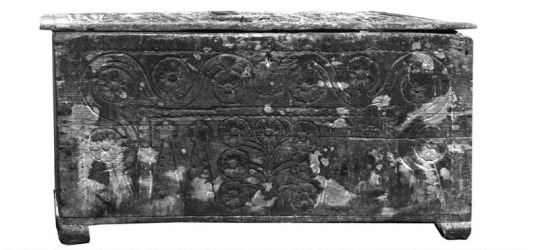
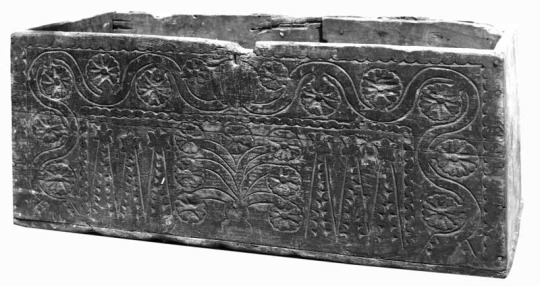
A chest for a Serbian girl's miraz from the village Prebilovci, Čapljina muncinpality, Bosnia and Herzegovina.
Chest of Mitra (Spasoja) Suhić
Chest of Jovanka Joka Dragićević
Chest from the family of Veljko Ćirić
182 notes
·
View notes
Text
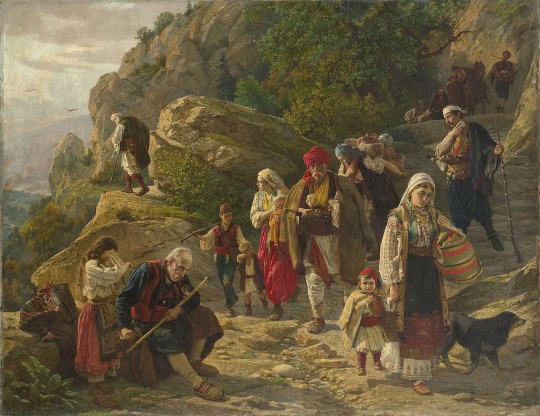
Uroš Predić (1857 - 1953) - Hercegovački begunci, 1889.
tr. Refugees from Herzegovina
#uros predic#uroš predić#serbian art#serbia#history#art#herzegovina#1870s#19th century art#19th century#refugees#folk clothing#portrait#paysage#mihajlo pupin#narodni muzej beograd#belgrade#serbian folk clothing#historical art#historical clothing#serbian painters#serbian history#painting
293 notes
·
View notes
Text
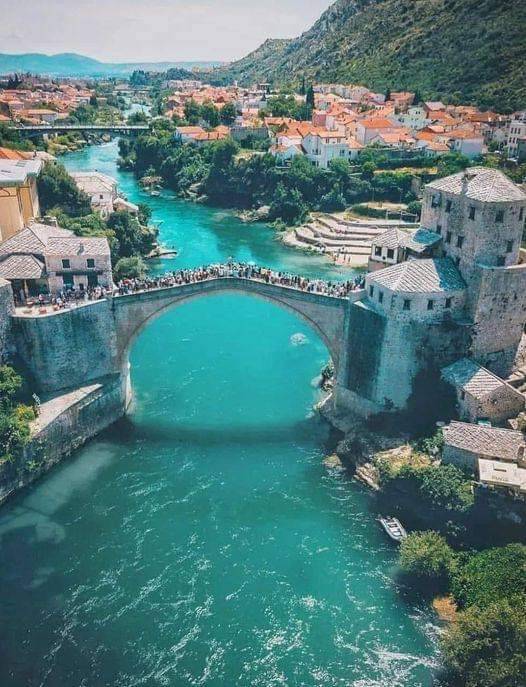
Bosnia and Herzegovina
115 notes
·
View notes
Text
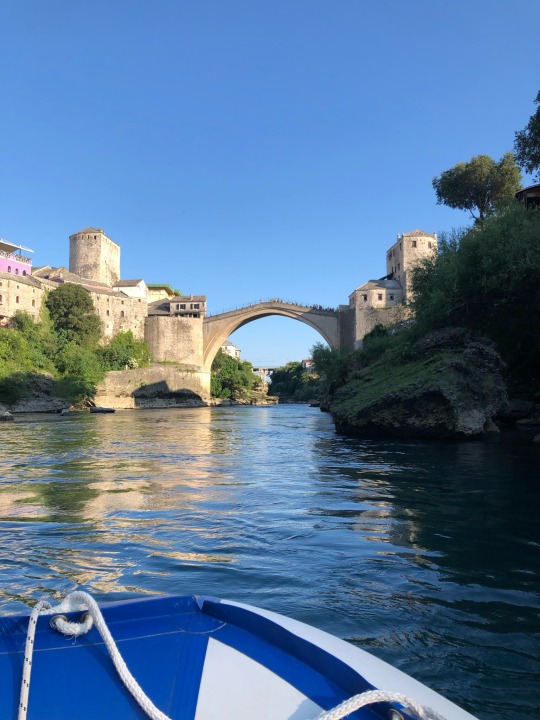
“Old Bridge in June”, Mostar, 2023
#mine#travel#europe#old bridge#mostar#bosnia and herzegovina#bosnia#herzegovina#balkan#travel destinations#travel blog#personal#photography#travel photography#landscape#my posts
10 notes
·
View notes
Text

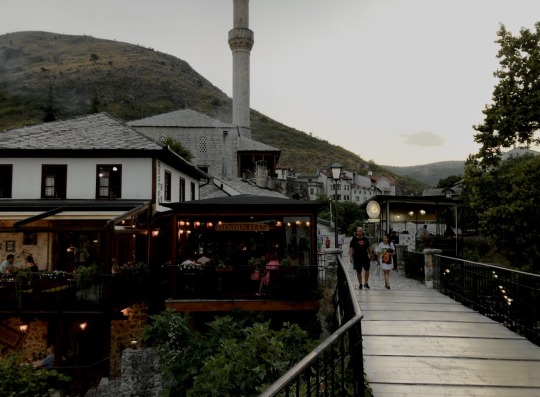
55 notes
·
View notes
Text

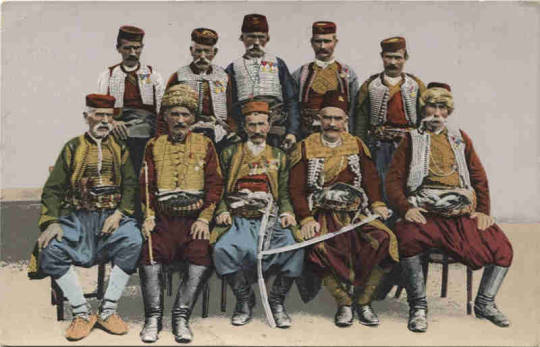
People from HERZEGOVINA.

People from BOSNIA.
6 notes
·
View notes
Text

Mostarski platani.
18 notes
·
View notes
Text
Academy of Arts towers in Sarajevo, Bosnia & Herzegovina

Academy of Arts towers in Sarajevo, Bosnia & Herzegovina
3 notes
·
View notes
Text

Bosnian folklore garments from Sarajevo, Bosnia and Herzegovina
Croatian vintage postcard
#tarjeta#croatian#postkaart#sepia#herzegovina#historic#garments#photo#postal#briefkaart#bosnian#folklore#photography#vintage#ephemera#ansichtskarte#sarajevo#old#postcard#bosnia#postkarte#carte postale#herzegovina croatian
34 notes
·
View notes
Text
These pictures were taken at the Sarajevo City Hall. The building was first built in the late 1800's and was destroyed during the Bosnian War for independence in the 90s. The building was set aflame by the enemy troops and over 2 million books burned here. It used to be a library students would go to, my mom and dad went there often.
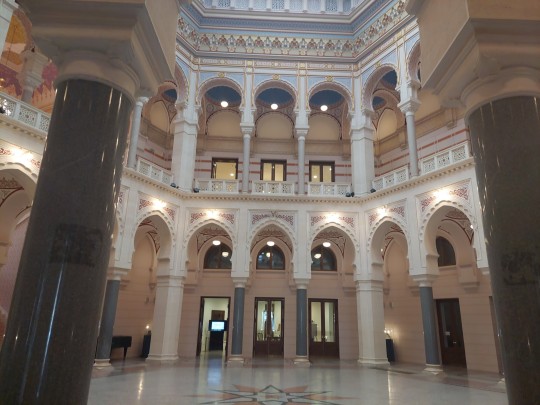



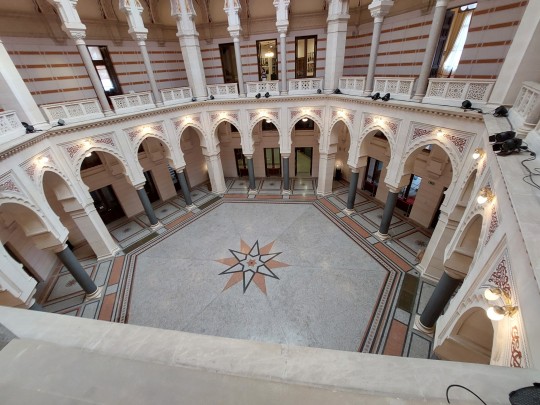

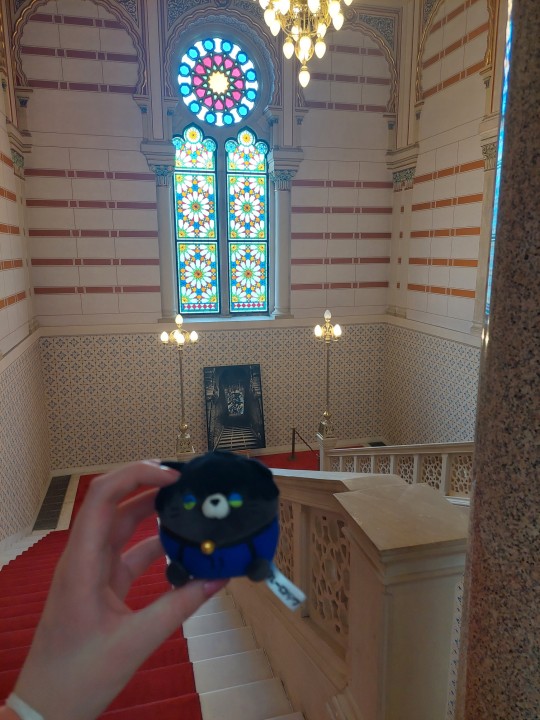
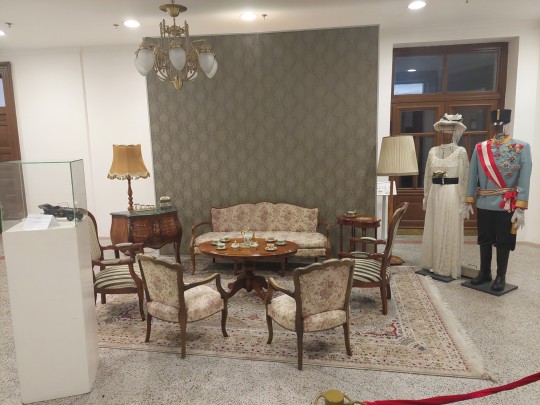

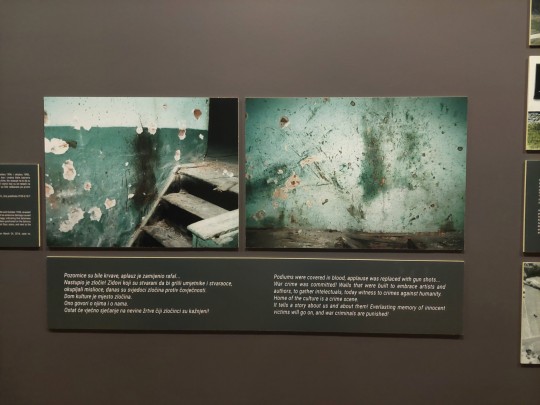
21 notes
·
View notes
Text
Magnificent ebony with pirced nipples fingering pussy
Follando con la puta cachonda de mi hermanastra lesbiana en casa - Porno en Español
Brunette Temptress Pleasuring Her Juicy Pussy
Wanton Lexi Brookes fucked by fellow
Colita peluda
Amateur shemales with big tits masturbating
A waitress from Tilted kilt gave me her insta
Argentina esposa wife milf anal goza la mejor cola culo roto muy puta
School girls twerking
Dick flash girl stares
#blackwashing#dimepiece#charmingness#Matsu#puritans#disemploys#unwire#cheekbones#Herzegovina#cheekfuls#reliabilities#superinundation#tallyhoed#goodhap#self-command#tile#overcomable#marshalls#punk#H.R.
2 notes
·
View notes
Text
Massacre in Prebilovci was carried out by the Croatian Ustashas between August 4 and 11, 1941, on 826 out of a total of 994 Serbs in the village. Most of them were thrown alive into the Golubinka pit, while the others were killed on the spot. No one survived from 51 families. Until 1941, Prebilovci was one of the largest and economically strongest Serbian villages in Herzegovina.

At dawn, on August 4, Ustashe surrounded the vast terrain of the village. The population of the village slept in the hill that night, but at dawn the women and children returned to their homes, not expecting that they too would be the target of an attack. Ustashas gather women with children and lock them in the classroom of the village school. Previously, in front of the school, they killed old women who could not walk. Joka Ekmečić, Mara Bulut and Jela Ekmečić (with two little girls) escaped from the school. In the afternoon of the 4th and the morning of the 5th of August, the Ustasha in Prebilovci captured and brought the remaining women and children to school. This group was exposed to more horrible experiences, especially for the girls, while the captured men, after torture, were killed in the valley below the village. About 500 women, girls and children from Prebilovci alone were thrown into the pit alive. The next day, Ivan Jovanović Crni threw two bombs into the pit, scream were heard from the pit for another 7 days. On the site of Morin Otok near Bregava, 50 residents of Prebilovci were slaughtered who surrendered to the Ustasha, because of the knowledge that their entire families perished in the Šurmanac pit. August 11, they were forced out of their houses at dawn. All adult men from Klepac, Loznica, Gnjilišta, Počitelje, Čapljina, as well as the majority from Tasovčić, are tied to trucks and taken to the Bivolje brdo pit, where they are thrown alive.
Most of the pits were concreted in 1961, and next to them they erected monuments, on which it was written that victims of fascists were killed there in the summer of 1941, without mentioning the nationality of the victims, not even the villages they came from. Because of the false "brotherhood and unity", children were not allowed to be taken out of the pit for their remaining family members to bury them. The residents of Prebilovci, continued to live after the war, thanks to the strength and will of their fathers, who remarried, with widows from neighboring Serbian villages and had children with them, some even in their seventies, they did not give up or forgot victims. Since 1974, the relatives of the victims began to visit the pits in an organized manner, on the dates of their suffering, in convoys of cars. However, from 1947 to 1990, priests were not allowed to serve memorial services at the pits.
In a real, spontaneous and non-violent uprising, with extremely good organization and sacrifice, at the end of 1990 and at the beginning of 1991, all the pits in Herzegovina were opened: Golubinka and the pit in Benina's fence, both pits in Šurmanci, Bivolje brdo, Kukauša donja and gornja, Hadžibeg's well and Gradina, both pits in Hutovo, Jasoč, Poplat, Golubinka and Rudine, both in Prenje, Zvekaluša in Opličići. During that time, the foundations of the Memorial Church dedicated to the Martyrs of Prebilovci were built, with a crypt for the remains. The bones of about 4,000 Herzegovinian Serbs, who died in the Ustasha pogroms of 1941-1945, were exhumed. In addition to the skeletons and objects of the victims, evidence of torture was found: barbed wire, chains with padlocks, nails, etc.


Carrying out the remains from the pit his wife was thrown in, Trifko Ekmečić was told that they found a pregnant woman (his wife in late stages of pregnancy), he recognized the wedding ring and died on stop, his heart was not able to handle it.
In the last war Croatian army immediately after entering the village, burned Prebilovci. Only Draginja Medić, 64 years old, was left to "defend", one of the four girls who survived the massacre in 1941. She refused to leave Prebilovci, where she again mourned her mother and sisters. She was martyred, her grave is still unknown. The church with remains of the Herzegovian Serbs was mined. It carried the crushed remains of the temple 50 meters away. To this day, it is not known what was really done with the relics of the new martyrs. Many graves were opened, and the bones of some of the deceased were taken somewhere, others were thrown out and scattered in front of the grave, and others were burned in the grave. During the burning, parts of the burnt skeleton and the brass handles of the coffin of the deceased were left behind. By this they died once again.
A lot more of this, can be seen in the documentaries- x x
#massacre in prebilovci#serbia#slavic#balkan#eastern europe#herzegovina#bosnia and herzegovina#independent state of croatia#ww2#prebilovci
67 notes
·
View notes